Arkori Qingqing
Jiangsu Ankerui Electric Appliance Manufacturing Co., Ltd., Jiangyin, Jiangsu 214405, China
Abstract : According to the grounding methods in some special scenes of infrastructure distribution system, the grounding and protection methods of TT and TN systems are analyzed, and the application of RCD is discussed and the opinions of practical use are proposed.
Key words: fountain; street light; TN-S; TT; grounding pattern; RCD (earth leakage protector)
Introduction: In the afternoon of June 11th, 2016, an electric shock accident took place in the Yuxin Town Community of Zhengzhou City. A 5-year-old boy was struck by electric shocks at the West Gate pool in the community and his mother was knocked down by electric shock. He died after 120 deaths. The owners stated that before they heard about the occurrence of leakage in the pool. After the lights in the plot grass were broken, they were discarded, and the exposed lines on the ground abounded. This article will address the above similar scenarios and provide practical advice on the use of RCDs.
First of all, it introduces three types of grounding for low-voltage power distribution systems, which are classified into TN, TT, and IT.
TN system: The neutral point of the power transformer is grounded, and the exposed part of the device is connected to the neutral line. In the TN system, different combinations of N lines and PE lines are divided into three types: TN-C, TN-S, and TN-CS:
TN-S system: The N line and PE line in the system are separate.
TN-CS system: Normally, the N line and PE line are united only at the entry point of the low voltage electrical device power supply. After the power supply line entry point, it is divided into two lines.
TN-C system: The N line and PE line in the system are unified.
The system is shown in Figure 1.1.

Figure 1.1: a) TN-S system b) TN-CS system c) TN-C system
TT system: The neutral point of the power transformer is grounded, and the protective shell of the electrical equipment is protected. The system is shown in Figure 1.2.
IT system: The neutral point of the power transformer is not grounded (or grounded by high impedance), and the protective shell of the electrical equipment is protected. The system is shown in Figure 1.3.
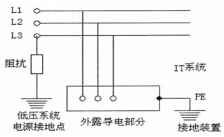
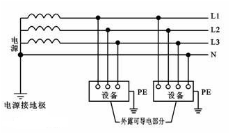
Figure 1.2 TT system Figure 1.3 IT system
Here are some special scene RCD applications.
fountain
There are two fountains in total. See Figure 2.1 for area division.
0 zone pool interior.
Zone 1 - Within a vertical plane of 2.0 m from the edge of the pool, its height is limited to 2.5 m from the surface of the ground or from the level reached by human beings.
One of the following anti-shock measures should be taken in zones 0 and 1 of the fountain:
(1) Power supply using special-low voltage (SELV), its power supply equipment (such as isolated extra-low voltage transformer) should be set outside Zone 0 and Zone 1.
(2) If 220V electrical equipment is installed, an RCD with a rated operating current IΔn of not more than 30mA should be set for it. If an insulation fault occurs immediately, the power supply must be cut off. The waterproof performance of such underwater equipment must be guaranteed to avoid frequent RCD failures. The action was dismantled, leaving the bane of electric shocks. It should be noted that even if the above preventive measures are taken, it is not allowed to enter the pool under the condition that the underwater electrical equipment and lines are energized.
The schematic diagram of the spray gun system against electric shock is shown in Figure 2.2.
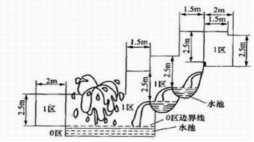
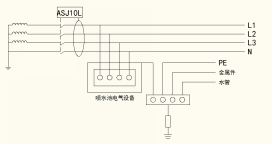
Fig. 2.1 Example of Basin Area Division Fig. 2.2 Spray Basin Distribution System, ASJ10L Application
Garden lights
The modern community is generally equipped with a landscape garden light. Since the garden light is in a wet place without equipotential bonding, the garden light is generally powered by a local TT system. That is, the metal casing of the garden lamp does not receive the PE wire from the power supply system, and a grounding device is separately provided. The garden lamp is connected to the lead of the grounding device. In order to prevent the collision of the garden lamp with the phase conductor and cause the extension of the fault voltage extension protection line, the power supply of the garden lamp must be protected by RCD.
For a garden lamp in the case of power supply to the TN system, a partial TT protection system may be adopted, that is, a protective grounding device is separately provided. In the case of installing the RCD, the pole base may be used as a grounding device and the grounding pole may not be grounded.
As shown in Figure 3.1, the garden lights adopt the ASJ10L series RCD for protection against electric shock.
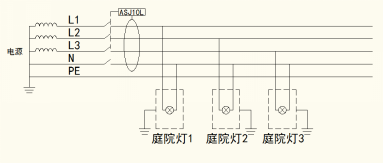
Figure 3.1 Garden Light Distribution System, ASJ10L Application
Road lighting
Road lighting is an important part of outdoor lighting, with long lines, load dispersion, pedestrians easy to touch and so on. The road lighting low-voltage distribution system should adapt to these characteristics and meet the safety protection requirements. Road lighting generally uses the TT distribution grounding system.
The key to achieving safe operation of the road lighting TT grounding system is the reliable grounding of the lamp post and the connection of the PE wires, with a low grounding resistance. After each pole has been grounded and connected with a PE wire, the grounding resistance of the lamp post is easily ≤ 1Ω. When a ground fault occurs at the lamp post, the voltage of the lamp post is ≤ AC50V.
L1, L2, L3, N four lines are drawn from the low voltage side of the box. The N-line of the low voltage side of the box is directly grounded, and the PE of each lamp post is also directly grounded. There is no PE wire connection between the box change and the lamp post. PE lines between lamp posts are connected with cable cores or angle steel (round steel) to form road lighting TT distribution grounding system.
(1) When the box high-voltage side circuit suffers a ground fault caused by a lightning strike or the like, it is set separately at the box change point and at the lamp post at the PE ground, and the box potential at the high ground cannot easily enter the ground at the lamp post, so the pedestrian is safer. .
(2) When a ground fault occurs at the lamp post, the metal lamp post itself is grounded and PE connection between the lamp posts is achieved. The lamp post potential is close to the ground potential, and the ground fault will not cause harm to people.
(3) When a single-phase earth fault occurs, RCD should be installed for leakage protection because the line is long, the impedance of the fault circuit is large, the fault current is small, and the overcurrent protection device (circuit breaker or fuse) at the box change point may not operate. . Due to the long line, leakage current often exceeds 30mA. Generally, a residual current operation protector (RCD) can be set at the outlet end of the control box. The delay time can be 0.1s. The rated residual operating current IDn of the RCD can generally be estimated as follows (recommended):
1) The power supply distance exceeds 400m but does not exceed 1000m, IDn=300mA;
2) The power supply distance exceeds 100m but does not exceed 400m, IDn=100mA;
3) The power supply distance is about 100m and when RCD uses IDn=100mA, it will bring a certain degree of difficulty or trouble to the design, IDn=30mA may be allowed.
(4) Road lighting TT system can add RCD at each street light to carry out single earth fault protection. RCD operating current ≤ 30mA.
Figure 4.1 shows the schematic diagram of the lightning protection system for road lighting systems.
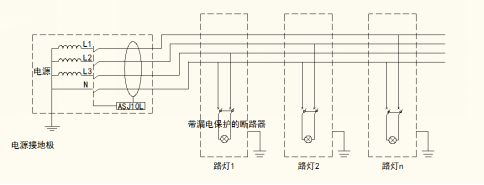
Figure 4.1 Street Lighting TT System, ASJ10L Application
Ankerui ASJ series residual current operation relays can be combined with low-voltage circuit breakers or low-voltage contactors to form a combined residual current protection device. It is mainly applicable to TT and TN system distribution lines with AC 50Hz and rated voltage of 400V and below. The grounding fault protection of the electrical circuit prevents equipment damage and electrical fire accidents caused by the ground fault current, and can also be used to provide indirect contact protection against personal electric shock hazards. In the above scenarios, it can be effectively protected.
Product model specifications:
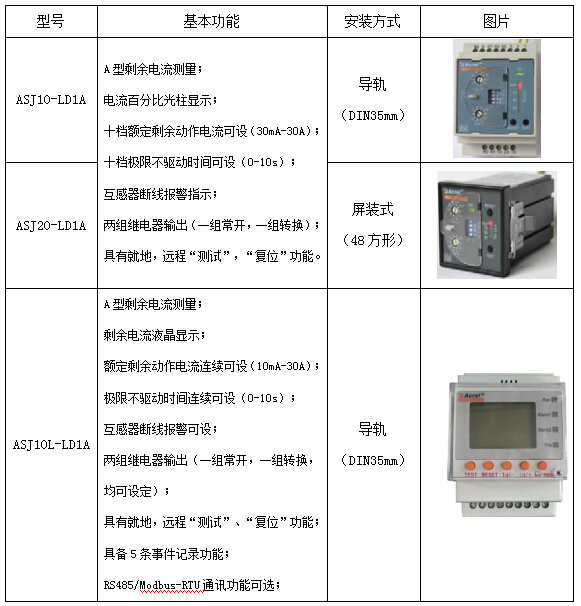
AKH-0.66L series residual current transformer selection instructions:
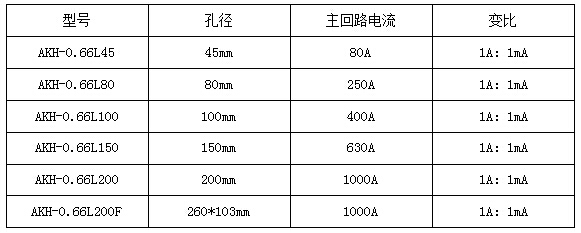
Order range:
Example Eg1:
Model:ASJ10L-LD1A
Auxiliary power supply: AC 220V/50Hz
Rated current: In:250A
Note: Residual current relays are used in conjunction with our residual current transformers. The main types of transformers are AKH-0.66L45, AKH-0.66L80, AKH-0.66L100, AKH-0.66L150 and AKH-0.66L200.
references:
[1] Ren Yuanhui. Industrial and Civil Distribution Design Manual [M]. Beijing: China Electric Power Press, 2005. 924-943
[2] Wang Houyu. 600th Building Electrical Installations Wang Houyu[M]. Beijing: China Electric Power Press, 2013. 212-262
Tire Valve, Tire Air Valve, Car Tire Valve
Ningbo Xiangsheng Auto Parts Co., Ltd. , http://www.partsaa.com